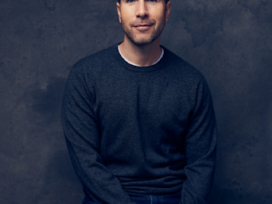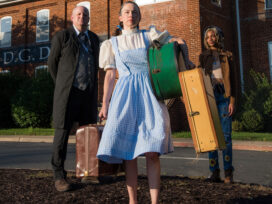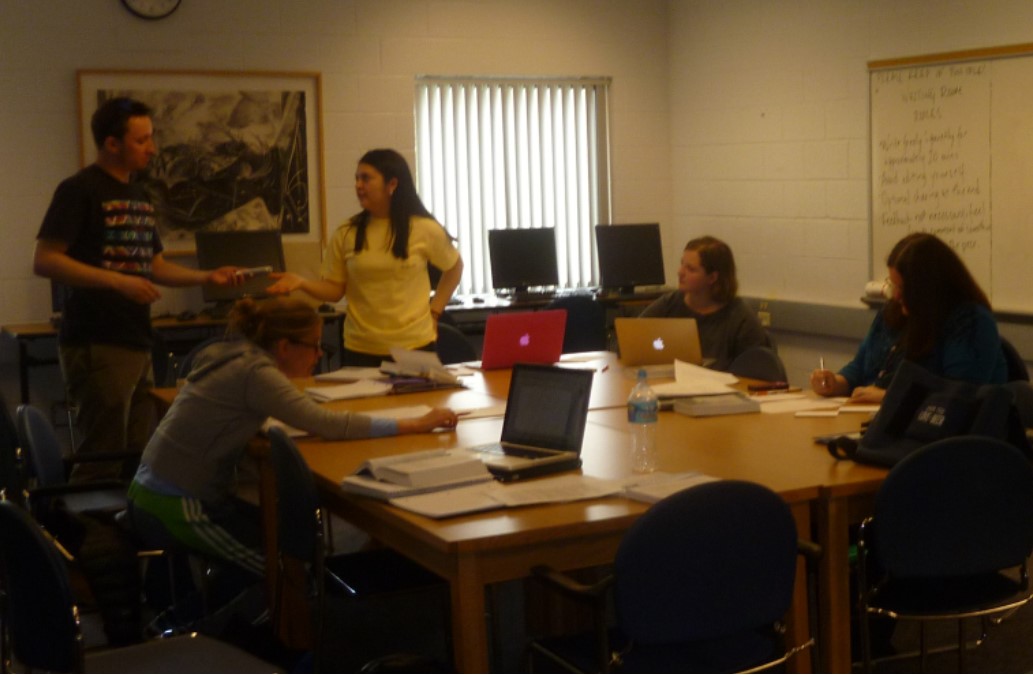Student Government: Bridging the gap between students and faculty
In a community like PVCC, interpersonal communication and contact in the various clubs, activities, and organizations are qualities that are often a result of the close, friendly nature of the campus.
A college based in a community will tend to have tight knit groups within. This quality was found in researching and interviewing a number of the members of our PVCC student government. The current key team comprises Hadrien Padilla (president), Austin Warrington (vice president), Malcolm James (treasurer), Maia Smith (public affairs representative), and Johnson Li (secretary).
It was indicated by Padilla that, as a result of the pandemic and personnel changes, this was a transitional period for the organization but, with the solid, interpersonal team at hand, the future looks productive for the student government.
The SGA here at PVCC has always been about serving the student body and acting as a voice in the school’s conversational culture. While that core interest is still in play, a revised execution of it pertains to acting as a proactive bridge between students and faculty. In my interviews with Padilla and Smith, the nature of the PVCC student government seems to be more hands-on and proactive as a result of being in a community college environment. In turn, the gap seems easier to bridge.
Campus policies such as food availability, recreational freedom, and even student safety are all policies the student government has a part in. Their role within our society at PVCC is based largely on public dialogue and input directly from students.
Positions on the SGA team are currently application and interview based, and the variety of positions makes for participation in a variety of fields.
Smith, the public relations representative, found her place in student government via her interest in graphic design and media. Her interests and skills in relation to her position are a clear indication of the wide array of responsibilities that one may not associate with student government.
As Smith put it, “It [graphic design] has always been a passion of mine, and it’s great that I’ve found it here in my place in student government.” Graphic design is just one element of student government because just as with civic engagement in the world abroad, every element of professional work is needed.
Padilla also spoke of student senators, students who apply to be direct ambassadors for specific clubs, classes, and other points of representation. Any student can be a student senator and would act as the voting party for student/campus policy presented by members of the core team.
For example, if a team member submits a proposal for pizza in the Bolick Student Center on Thursdays, the student senate would then vote on it. This fluid, democratic student policy based on the participation by the students is enlightening, and adds legitimacy to the power that the student community has.
The overarching goal is to create a student-faculty relationship that works towards a productive and cohesive end to open communication and student-lead policy. This makes it so a sufficient student government is not only positive but a necessity.
The direct policy decision-making of the student senate, combined with a dedicated team of multi-talented people makes our student government at PVCC alive, growing, and always making progress.
As the semester continues, it looks like the organization can finish healing from the pandemic and continue growth in student senate personnel and people who are looking to make their voice heard.
Seek out the next SGA town hall. There you can listen to discussions on school policy, ask a team member about student senate positions, and make your voice heard.






